Ingenious medical apparatuses
Modern medical science is bestowed with the divine power to hold the lives of people. This is only made possible by the breakthrough in the advancement of medical devices. Let's see some of them.
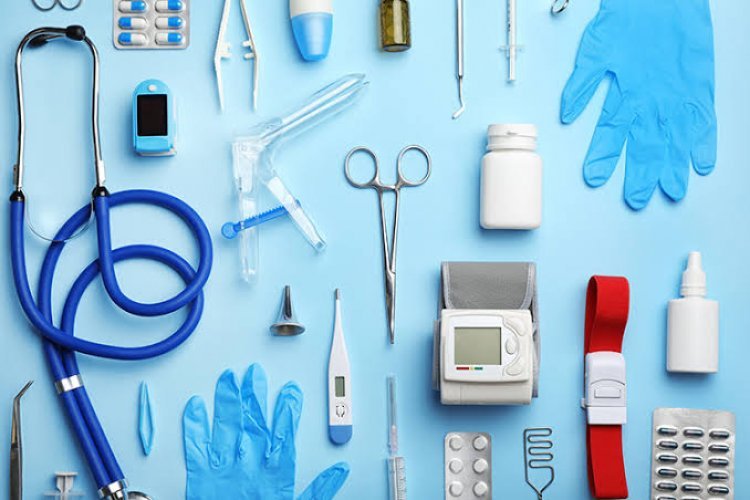
INGENIOUS MEDICAL APPARATUSES
Endoscope
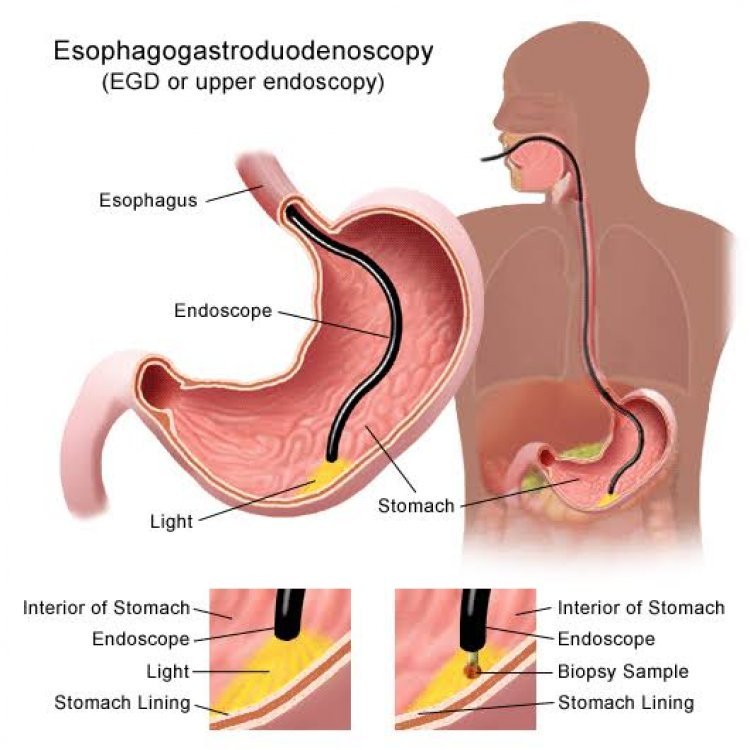
An endoscope is a medical device used to inspect the inner parts of the stomach and intestine. Earlier, it was a thick duct inserted through the mouth. By the effort of Harold Hopkins, a British doctor a smooth tube was designed with a lens in 1965. It was more facile and painless for patients.
C T SCAN
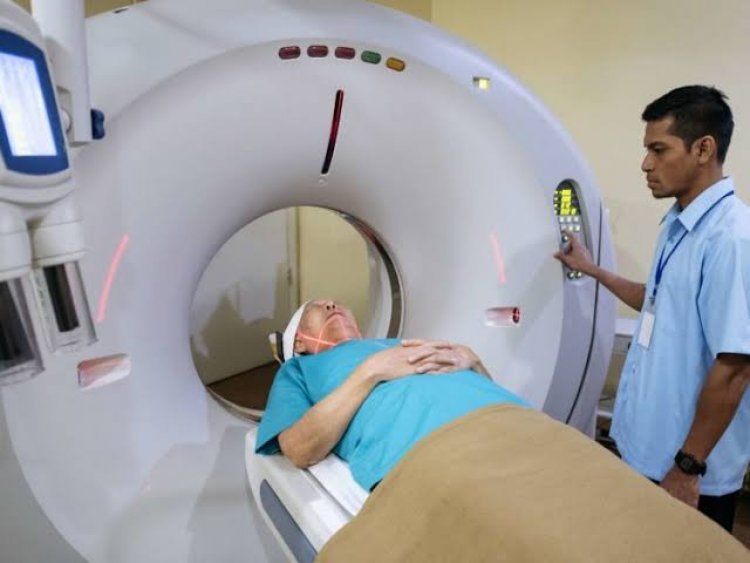
X-ray was used to take pictures of inner organs but the obscurity became a defect. The British engineer, Godfrey N. Hounsfield was a person who devoted his profession and life to the invention that can rectify this defect. Thus in 1967, he designed an instrument that can take clear and precise pictures of inner organs named C T scanner or computerized tomography scanner. The same X rays are used in this and the pictures taken from different sides simultaneously produce a final picture with a clear-cut lucidity.
Pacemaker
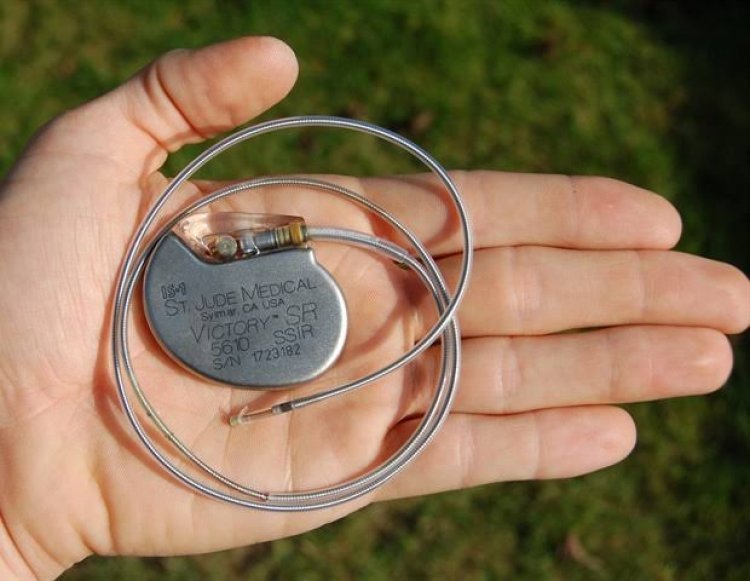
Our heart has a minor supply of electrical impulses that are needed for functioning of the heart. If these electrical impulses are halted or ruffled, it can make serious impacts on the heart working. In such situations, pacemakers are used to aid our hearts. In 1958, a Swedish doctor named Rune Elmqvist invented the pacemaker that performs with a battery. With the advancement of medical science, newer versions of pacemakers came out to the market, and now, pacemakers that can function only when body needs also became available.
Ultrasound scanning

Ultrasound scanning makes use of ultrasound waves that are not audible to humans. These sound waves are passed through the body to detect the echo and thus inspect the condition of inner organs. This is how ultrasound scanning works that were created by British doctor Ian Donald in 1957. Nowadays, this is widely used to probe the growth of the unborn child.
Electron microscope
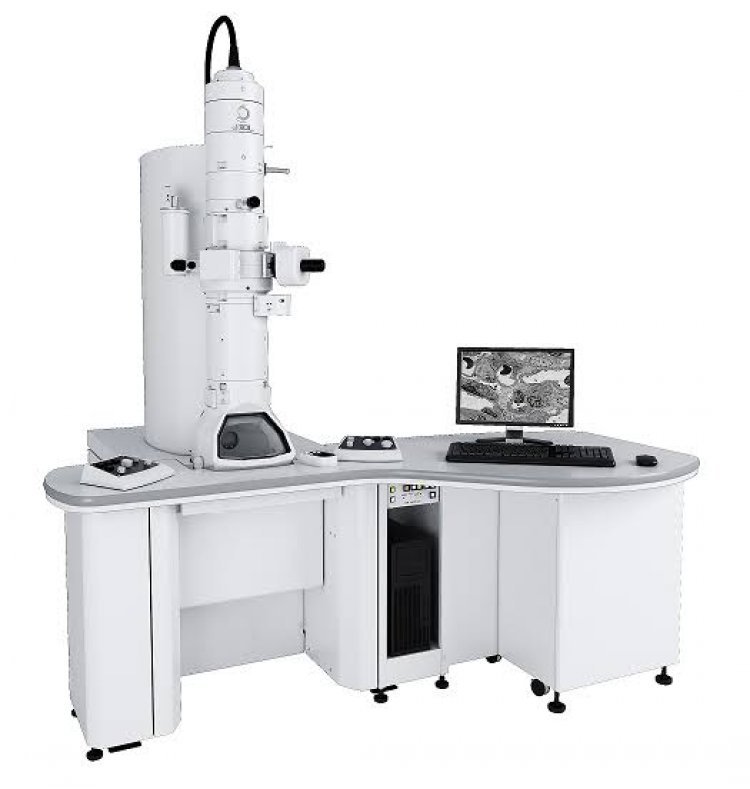
Microscopes are used to examine micro-organisms and tiny particles that can't be seen through naked eyes. Even though they also have the defect of being incapable to observe the inner parts or functions of these tiny organisms. The development of an electron microscope made this possible. It was Ernst Ruska who designed this microscope in 1928 through which you can zoom in on objects 1200 times. By its betterment, these microscopes became able to focus 10 lakh times on an object.
Our lives are going on effortlessly and facilely only by these advancements and innovations in the modern medical world.

















